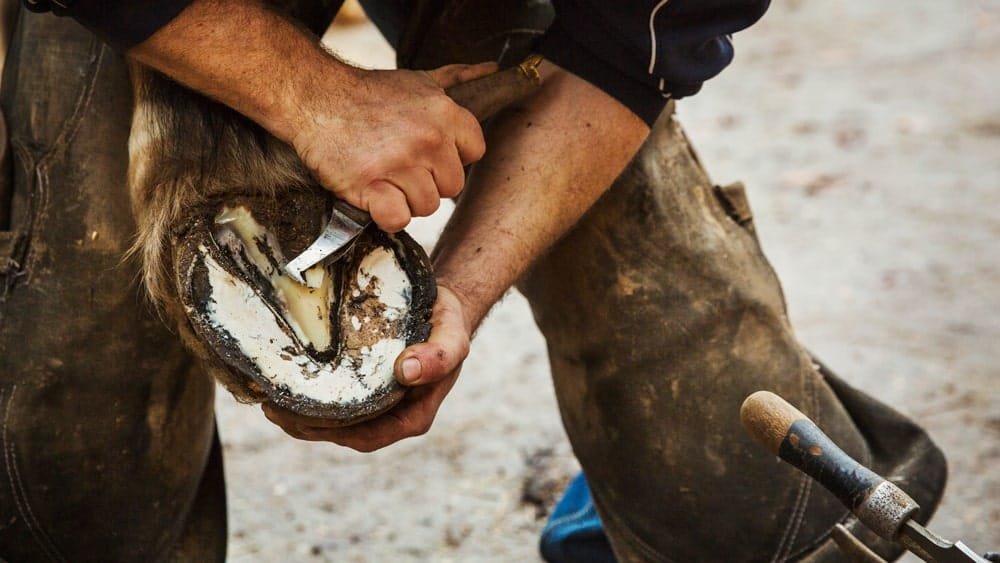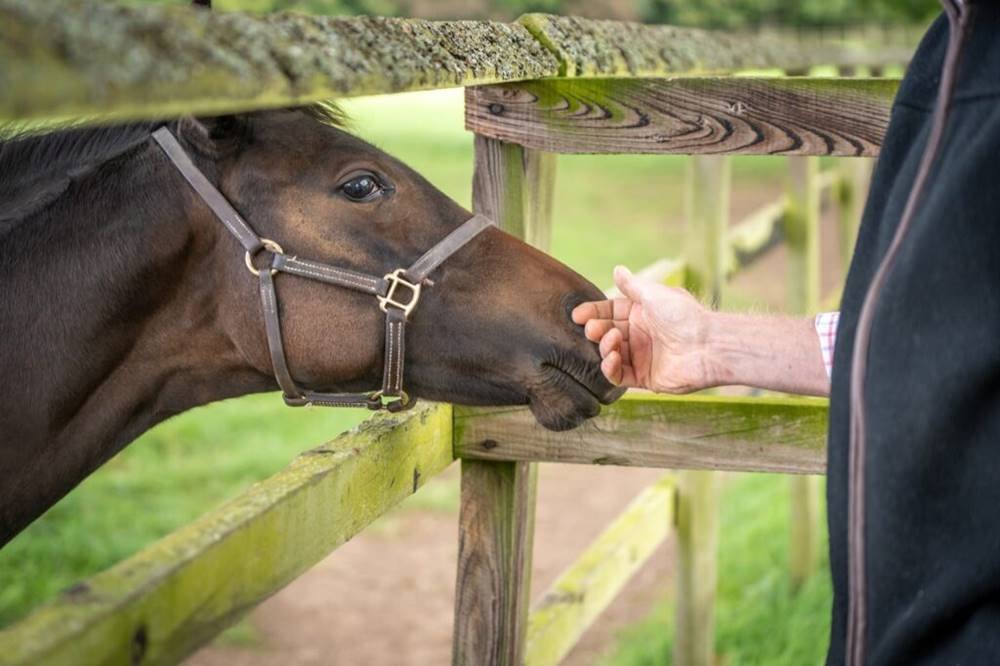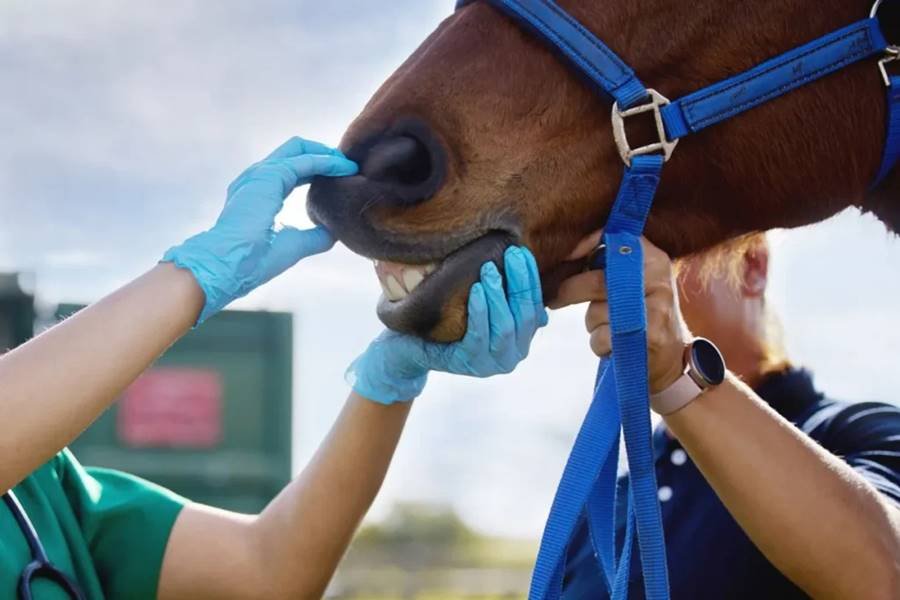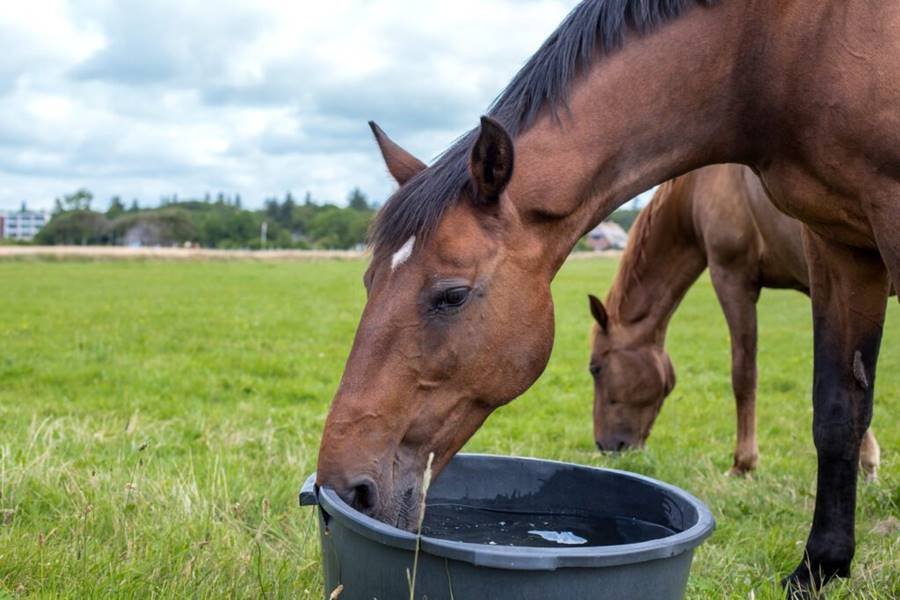Taking care of a horse’s hooves is crucial for its overall health and performance.
Hoof care isn’t just about keeping the feet looking good; it’s about ensuring the horse remains comfortable, sound, and free from lameness.Proper hoof care is vital for your horse’s health and well-being. By keeping up with daily inspections, cleaning, trimming, and monitoring your horse’s environment and diet, you can help ensure its hooves remain healthy and strong. Regular professional care and attention to any issues that arise will help your horse stay comfortable and sound, allowing it to enjoy a happy and active life.
Understanding Horse Hooves
A horse’s hoof is a complex structure made up of several parts: the wall, sole, frog, and bars. The wall is the hard outer part of the hoof, which provides protection and support. The sole is the underside of the hoof, and the frog is a V-shaped structure that helps with shock absorption. The bars are the ridges on either side of the frog that help to provide stability.
Daily Care
**1. Inspection: Make it a habit to inspect your horse’s hooves daily. Look for signs of injury, cracks, or unusual wear. Check for any debris lodged in the hoof that could cause discomfort or infection.
**2. Cleaning: Regularly clean the hooves to remove dirt, rocks, and manure. Use a hoof pick to get into the grooves and ensure the hooves are free from debris. This helps prevent infections and allows you to spot issues early.
**3. Moisture Control: Keep an eye on the moisture levels of the hooves. Too much moisture can lead to soft, weak hooves, while too little can cause cracking. If your horse is in a wet environment, use hoof dressing to maintain proper moisture levels. In dry conditions, you might use a conditioner to keep the hooves from becoming too brittle.
Regular Trimming and Shoe Maintenance
**1. Trimming: Horses’ hooves grow continuously, and regular trimming is essential to keep them in good shape. Trimming should be done every 6 to 8 weeks, depending on the horse’s hoof growth. This prevents overgrowth, which can lead to discomfort and other issues.
**2. Shoeing: If your horse requires shoes, ensure they are fitted properly and checked regularly. Shoes help protect the hooves and provide support, especially if the horse is working hard or has hoof issues. Regular shoeing (usually every 6 weeks) helps to address wear and tear and adjust fit as needed.
Identifying and Addressing Common Issues
**1. Laminitis: This painful condition is caused by inflammation of the tissues (laminae) inside the hoof. Signs include lameness, a strong pulse in the hoof, and a reluctance to move. Laminitis can be triggered by factors such as poor diet or metabolic disorders. Seek veterinary advice immediately if you suspect laminitis.
**2. Abscesses: Hoof abscesses occur when bacteria enter the hoof, causing a painful infection. Symptoms include sudden lameness, heat in the hoof, and sometimes swelling. An abscess often needs to be drained by a farrier or vet.
**3. Cracks and Chips: Cracks or chips in the hoof can be due to various factors, including poor nutrition, uneven wear, or trauma. Minor cracks might be managed with proper trimming and care, while severe cases may require veterinary intervention.

Maintaining Hoof Health Through Diet and Environment
**1. Nutrition: A well-balanced diet is crucial for healthy hooves. Ensure your horse gets the right mix of nutrients, including biotin, zinc, and methionine, which are important for hoof growth and strength. Consult your vet or an equine nutritionist to ensure your horse’s diet meets its needs.
**2. Environment: Provide a clean and dry environment for your horse. Wet and dirty conditions can lead to hoof infections and other problems. Good stable management and regular cleaning of bedding can help maintain hoof health.
When to Call a Professional
Regular trimming and shoeing by a qualified farrier are essential, but there are times when you should seek additional help. If you notice significant changes in your horse’s gait, unusual swelling, or persistent hoof issues, consult a veterinarian. They can diagnose underlying health problems and provide treatments to address them.
More Popular Related Search
- Morgan Horses: America’s Timeless Equine Treasures
- Indian Country-Bred Horse: A Testament of Heritage, Resilience and Valor
- The Marwari Horse Was The Pride of The Rajput Warriors




